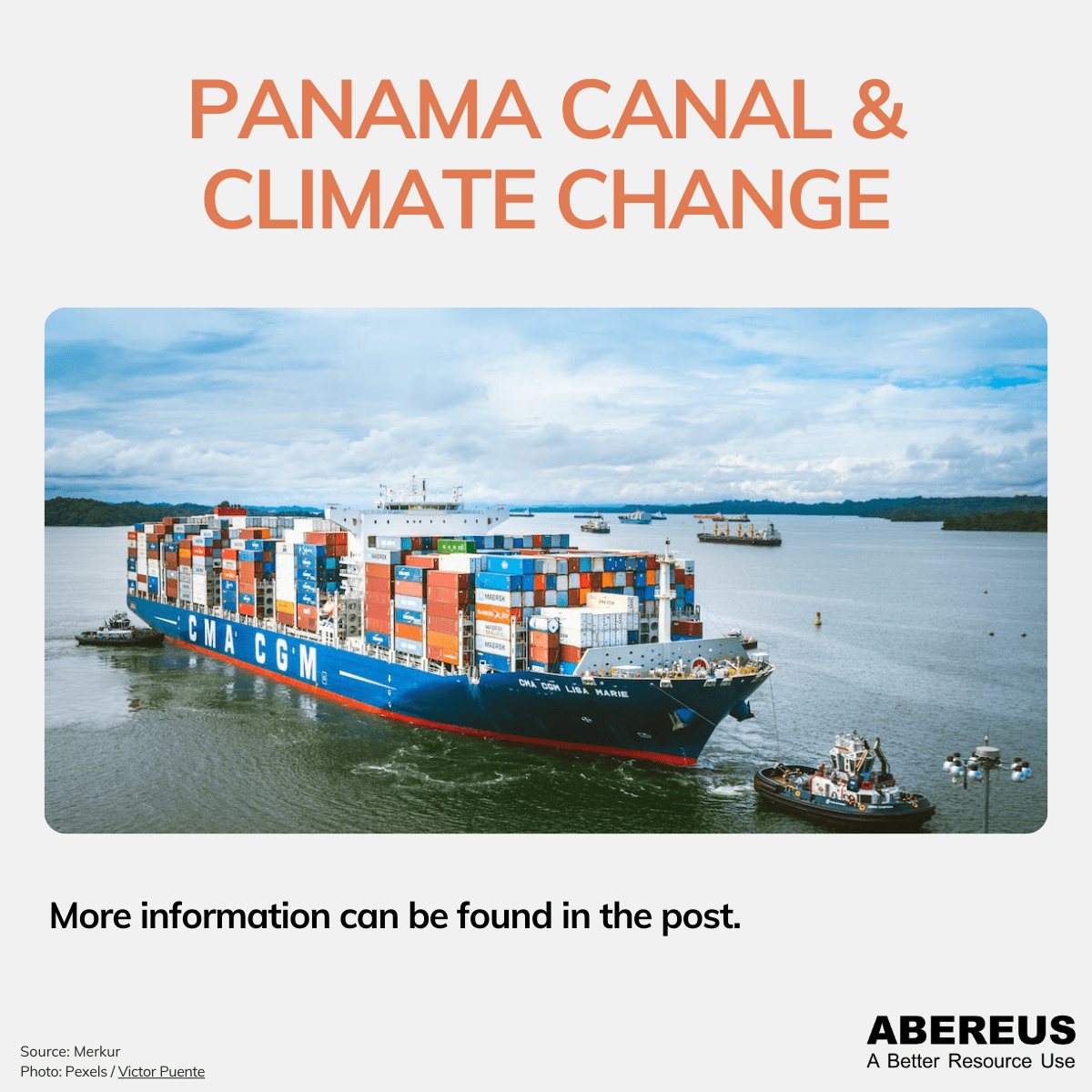Panama Canal & climate change

Date
Climate change has caused a reduction in rainfall in Central America. This has led to water scarcity in the vital Panama Canal. As a consequence, ships transiting through the canal are now facing cargo restrictions due to the low water levels. The Panama Canal is a crucial maritime route. It connects the Atlantic and Pacific Oceans, saving over 13,000 kilometers of travel around Cape Horn. This significantly benefits the shipping industry.
However, the declining water levels have forced the Panama Canal Authority to impose draft limitations for passing ships. Initially set at 15.09 meters, the draft limit was further reduced to 13.41 meters. Additionally, more reductions are planned. This decrease in draft allowance is a direct response to the urgent need to conserve water resources and manage the canal’s functionality.
The Panama Canal heavily relies on vast amounts of freshwater to operate its five locks during each passage. However, with water lost during transits needing replenishment, the canal authority faces a challenge in managing water resources effectively.
To tackle this issue, innovative and sustainable solutions are required. These solutions ensure the canal’s smooth operation and maintain efficient global trade and supply chains. Moreover, as maritime transportation continues to grow, it is essential to understand and address the effects of climate change. This understanding is crucial for infrastructure like the Panama Canal and vital for the world’s trade and economy.
To learn more about the interconnectedness of the world, get connected and join us for a better resource use



